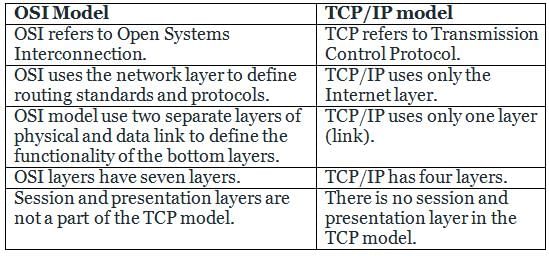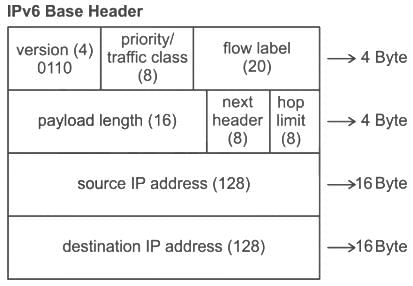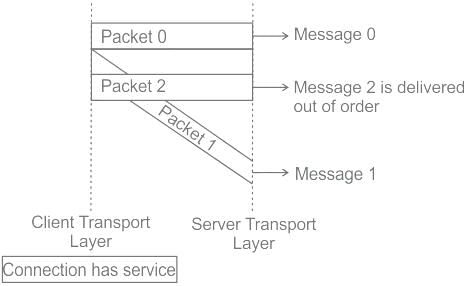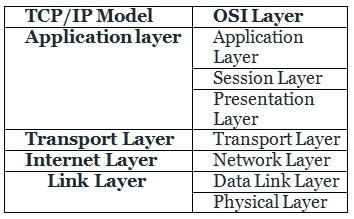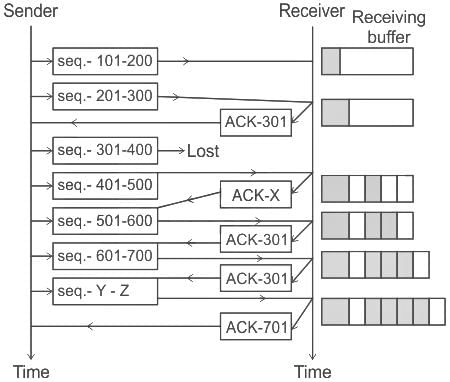Test: TCP/UDP - Computer Science Engineering (CSE) MCQ
15 Questions MCQ Test - Test: TCP/UDP
Life time of a TCP segment is defined as the time for which a TCP segment is permitted to stay in a network. Consider a TCP connection has Bandwidth of 8 GBPS and lifetime of a TCP segment is 4 seconds.
Q. The number of extra bits required from options field if the user doesn’t want to decrease the Bandwidth?
Which of the following statements is correct in respect of TCP and UDP protocols?
The TCP/IP model does not have ____ and _____ layers but _____ layer include required functions of these layers.
Consider the following statements.
I. TCP connections are full duplex
II. TCP has no option for selective acknowledgment
III. TCP connections are message streams
Consider a host X is sending an IP packet of size 3880 bytes to host Y via a router. The packet is forwarded by a router to a network with maximum transmission unit of 520 bytes. Assume the header sizer of the datagram to be minimum. Which of the following is/are Incorrect?


